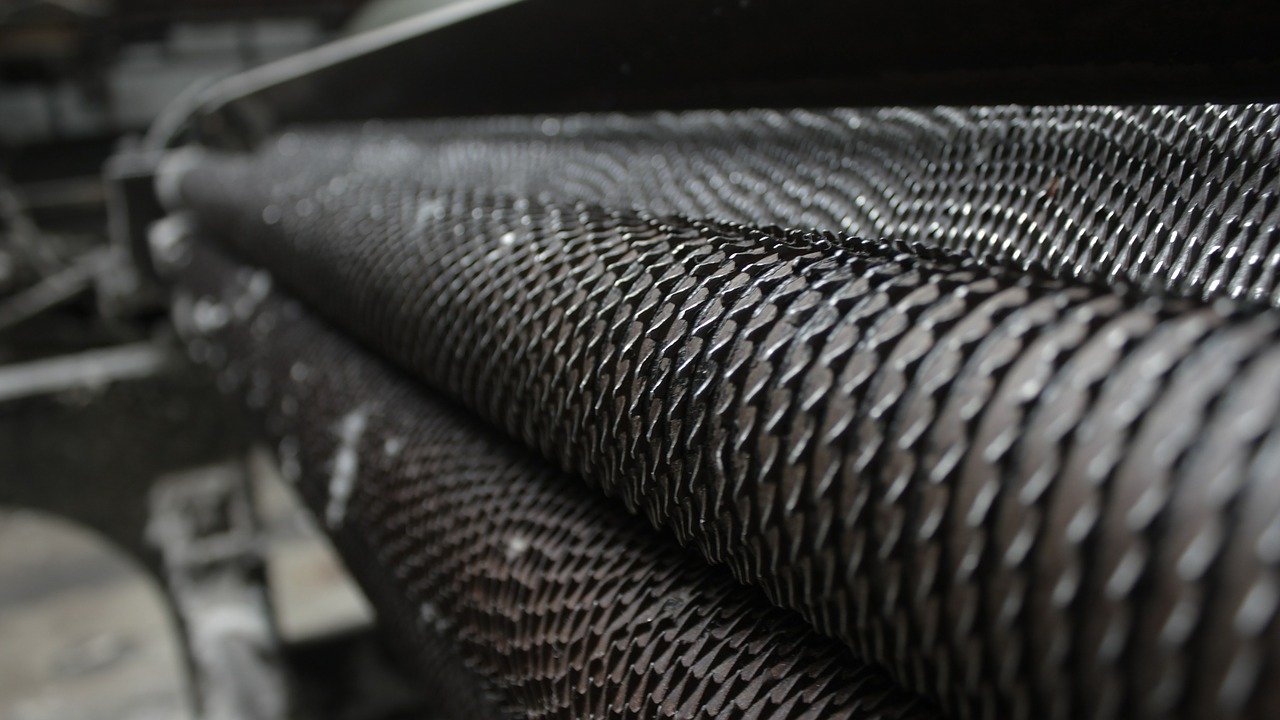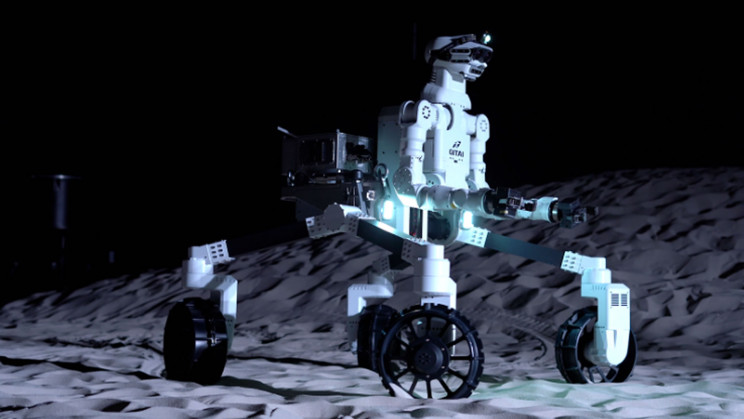Earlier this year, IndustryTap looked at “Flower Power” and how GE’s Peebles Orb jet engine testing facility in Ohio was being used to test biofuels in jet engines. Now GE has started testing next-generation jet engines, called the LEAP-1A, at the same facility using 3D printed parts, fourth generation carbon-fiber blades and ceramic matrix composite parts.
Traditional Manufacturing Techniques No Longer Meet Today’s Requirements
According to a GE Report, “Next-Gen Jet Engines with 3D Printed Parts,” the new fleet of engines will require more than 85,000 fuel nozzles and prompted research into how the strongest and most cost effective nozzles could be manufactured. Previously, GE’s fuel nozzles contained 20 different parts and required frequent maintenance and replacement.
After careful analysis, it was determined that an investment in “additive manufacturing” or 3D printing technology would allow each fuel nozzle to be manufactured as one metal piece through layering of material that is typical of 3D printing. The end product is 3D printed nozzles that are stronger and lighter than those made using the old assembly method. The fuel nozzles are also capable of withstanding extreme temperatures of up to 2,400° inside the jet engine which tended to soften parts made using the old method.
Following is an image of the LEAP fuel nozzle reduces the number of parts from 20 to 1, is 25% lighter, is 5 times more durable, and will be used for the first time in 2016.
Target Date Set for Completion
According to engineers at the Peebles site, the Leap-1A engine will be completed in 2016 when the first engines will enter service and will have gone through 60 different engine builds for ground and flight testing.
The engines will be used on Airbus A320neo planes, Boeing 737MAX jets and COMAC’s C919 plane. The Leap 1-A engine is part of GE’s “ecomagination portfolio” and is a new generation of engine that will improve fuel consumption by 15% and significantly reduce CO2 emissions.
Related articles on IndustryTap:
- 3D Printing May Fundamentally Change Traditional Supply Chain Models
- Robotic 3D Printing to Simplify Space-Based Construction
- 3D Rapid Prototyping: Turning Innovative Ideas Into New Products
References and related content:






